macbook air 2020 for video editing
The best MacBooks for photo editing in 2021: options to suit every budget
Included in this guide:
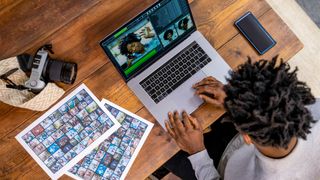
Investing in one of the best MacBooks for photo editing could be a great way to upgrade your workflow – especially if you're a photographer that needs a slim, yet powerful laptop. MacBooks are well-known for their photo editing capabilities, featuring powerful components that make image post-production a breeze.
The big news for MacBook are the new 2021 MacBook Pro 14-inch and 16-inch models, featuring Apple's latest M1 Pro and M1 Max hardware. Said to be 70% faster than the original 13-inch M1 MacBooks, they can be specced with a whopping 64GB RAM and sport ultra-bright Liquid Retina XDR displays, borrowing tricks learned from Apple's Pro Display XDR monitor.
Apple's slick and stylish design not only makes the best MacBooks for photo editing easy on the eyes, it also makes them supremely functional. Ask a MacBook user why they're invested in the Apple system and they're likely to tell you just how great the user experience is, from the large trackpads to the high quality Retina displays.
Plus, MacBooks tend to be fairly lightweight and slim, which makes them a great option for photographers who need to edit their images on the go. Plus, the macOS operating system is perfect for running both the best photo editing software and the best video editing software.
We've also found that the best MacBooks for photo editing tend to offer great battery lives, which means that you can spend an entire day editing images without having to stop to find a power supply. One of a MacBook's best features is how supremely portable it is, but if you're more interested in raw power, then why not take a look at our guide to the best iMacs for photo and video editing.
In the meantime we've broken down exactly what you should be looking for in your brand new laptop at the bottom of this article. But first, take a look at our picks for the best MacBooks for photo editing below.
• See also: Best monitors for MacBook Pro
The best MacBooks for photo editing
Current MacBooks
These are the best MacBooks for photo editing, and they're also the current models in Apple's range - great if you want the very latest tech
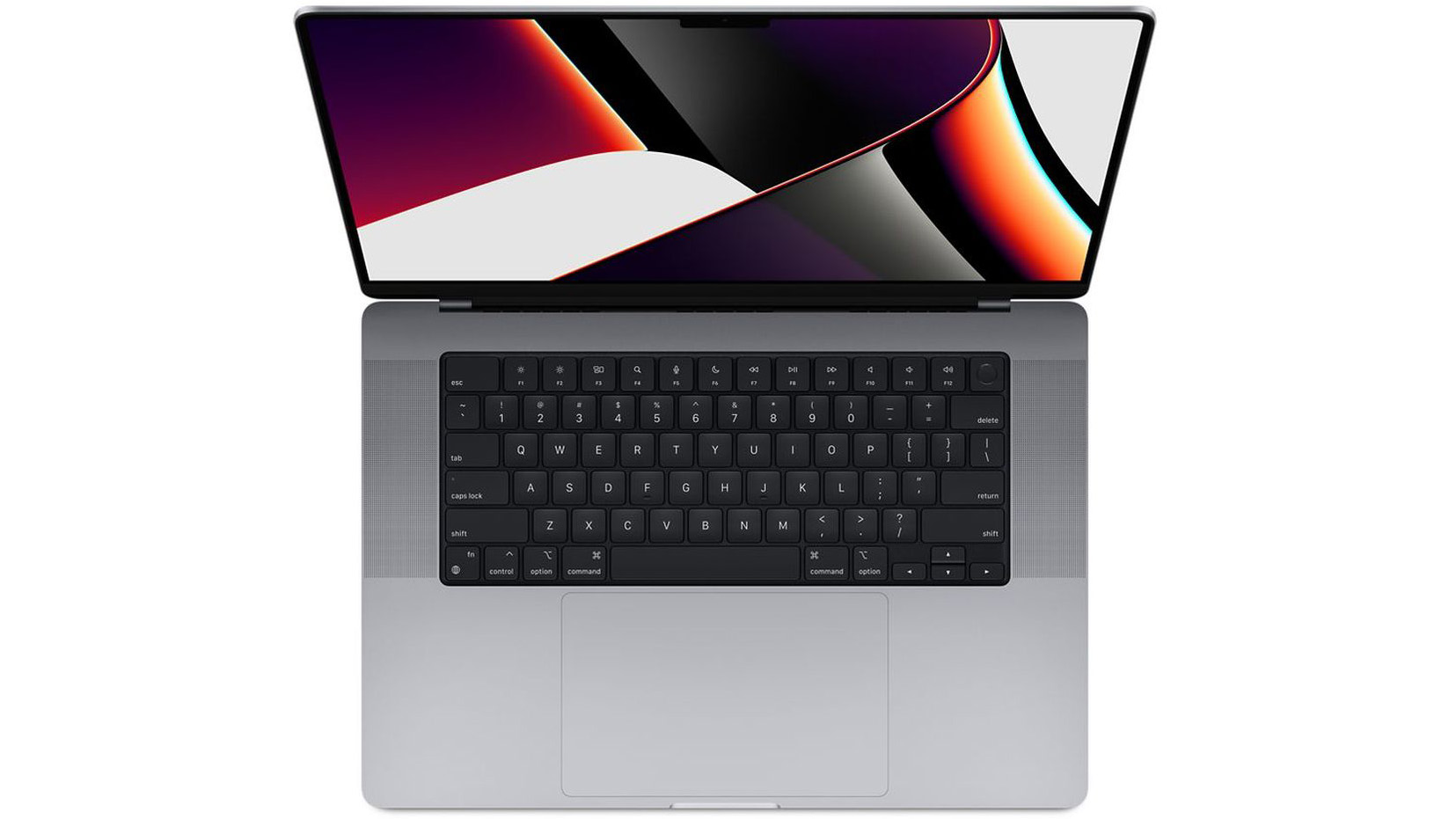

1. MacBook Pro M1 (16-inch, 2021)
Simply the best MacBook for photo editing
Specifications
CPU: Up to 10-core Apple M1 Max
Graphics: Up to 32-Core Apple M1 Max GPU
RAM: 16GB – 64GB
Screen: 16-inch Retina display with True Tone
Storage: 1TB – 8TB SSD
Reasons to buy
+Awesome M1 Pro and Max chips +M1 SoC now supports 64GB RAM
Reasons to avoid
-Hugely expensive -Some may miss the Touchbar
We love the original (13-inch) M1 MacBook, but with a maximum 16GB RAM, it could never quite topple the older Intel-powered MacBook Pro to be a truly futureproofed image/video-editing powerhouse. Not any more! Apple has addressed these concerns, big time.
The new 2021 MacBook Pro not only smashes any RAM limitations courtesy of its new M1 Max chip, which can be had with 64GB RAM, it also comes with a 16-inch screen size, which is noticeably more comfortable for long editing sessions than a 13-inch panel. This incredible Liquid Retina XDR display boasts an insane 1,600-nit peak brightness, making HDR content come alive, and it can display a high DCI-P3 color space coverage for accurate video editing. The new 16-inch MacBook Pro is also available with an M1 Pro chip (rather than M1 Max) if you want to save some cash, though RAM capacity is restricted to 16GB or 32GB, and its speed is lower.
Despite all this power, the supreme efficiency of the M1 chip architecture, combined with a large 100-watt-hour battery, means battery life is up to an incredible 21 hours.
The 2021 16-inch MacBook Pro is far from cheap no matter how you spec one, but your money is buying one of the most technically advanced laptops on the market right now.
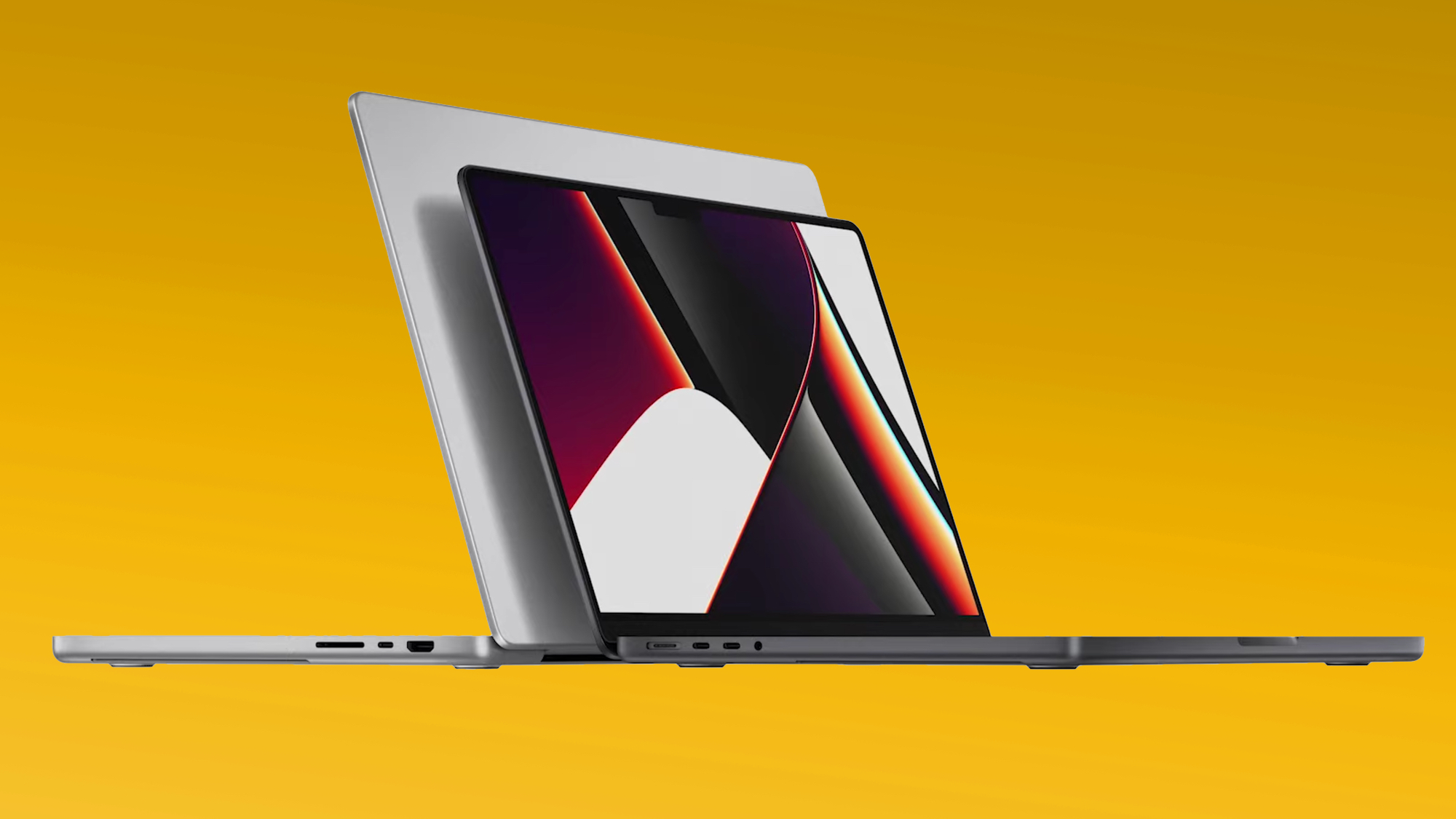

2. MacBook Pro M1 (14-inch, 2021)
A slightly smaller MacBook Pro, but with no reduction in power
Specifications
CPU: Up to 10-core Apple M1 Max
Graphics: Up to 32-Core Apple M1 Max GPU
RAM: 16GB – 64GB
Screen: 14-inch Retina display with True Tone
Storage: 1TB – 8TB SSD
Reasons to buy
+Awesome M1 Pro and Max chips +M1 SoC now supports 64GB RAM
Reasons to avoid
-Pricey -Screen size could be restrictive
Need the power of the 2021 MacBook Pro 16-inch but in a more portable package? Apple has you covered with this 14-inch version, and unlike some MacBooks of old, you don't have to sacrifice any speed to get the enhanced portability.
The 14-inch MacBook Pro can be specced up with Apple's most powerful M1 Max system-on-chip, giving you 32 graphics cores and up to 64GB RAM. The screen is just as bright too, with the same retina-searing 1,600-nit peak brightness and 1,000-nit sustained brightness. Resolution is obviously lower, at 3024 x 1964 pixels, but the pixel density is equally crisp at 254ppi, so your images will look just as sharp as on the 16-incher.
In fact, the only performance downside with the 14-inch 'Pro is there's less room inside for a big battery. Where the 16-inch version can pack a 100-watt-hour cell, the 14-inch model has to make do with a 70-watt-hour battery, equating to approximately 4 hours less runtime.
You'll also have to weigh up whether the 2-inch drop in screen size could prove restrictive for comfortable image editing over long periods, but otherwise this is a mobile creative's dream MacBook!
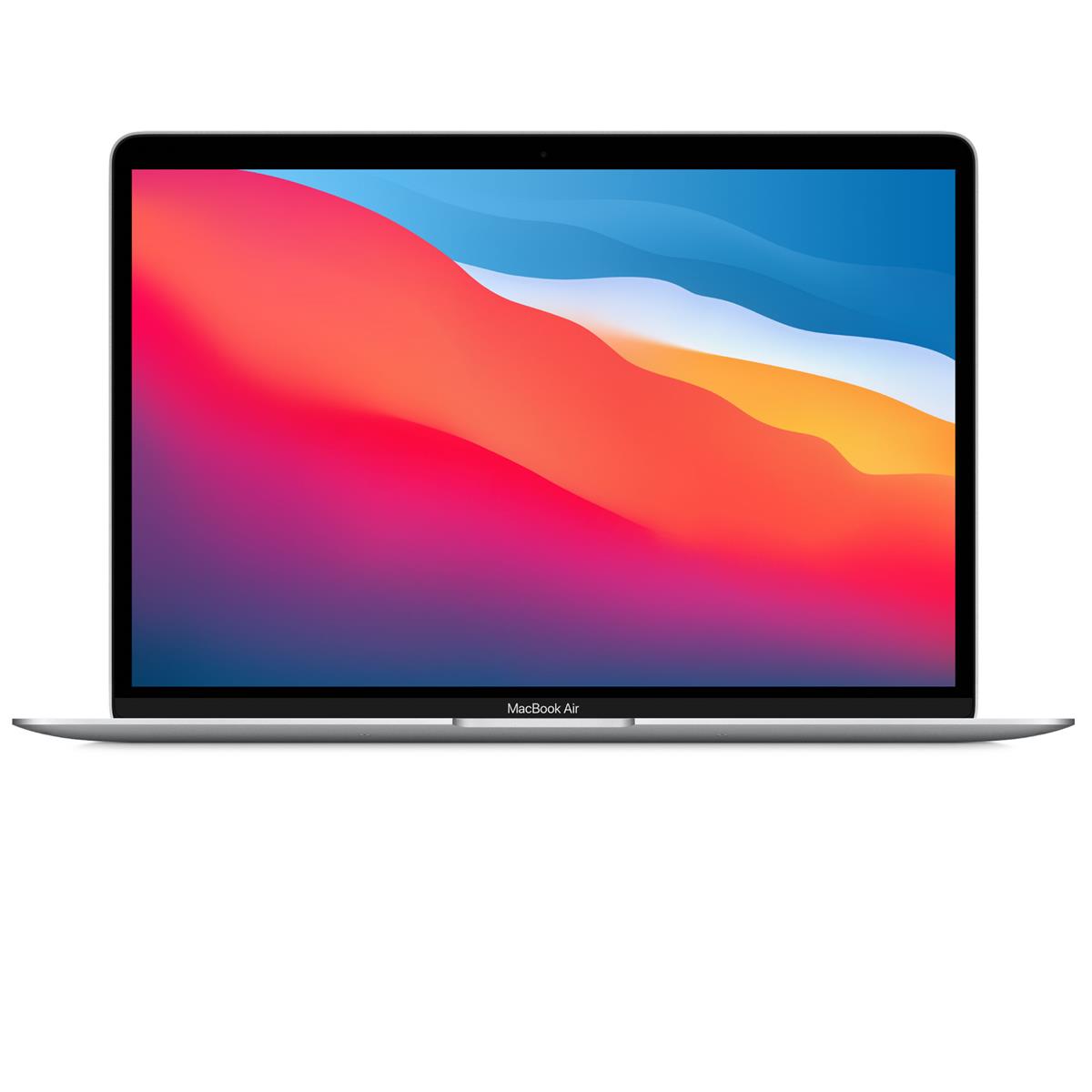
The best MacBook for on-the-go photo editing
Specifications
Processor: Apple M1 8-core
RAM: 8-16GB
Storage: 256GB-2TB SSD
Screen: 13.3-inch 2560 x 1600 IPS Retina
Reasons to buy
+Finish, design, low weight +Excellent Retina display +Silent, fanless design
Reasons to avoid
-No HDMI port or memory card slot -8-core GPU model costs more -Barely lighter than MacBook Pro M1
The MacBook Air 13-in M1 is impressive in three main areas: first, its design, finish and ergonomics; second, its sheer performance for a lightweight laptop; third, its value for money given those other two things.
Its Retina screen is, as ever, just beautiful. Apple says it has a 25% wider color range than sRGB, but doesn't mention Adobe RGB, which leads us to assume it's somewhere in the middle. The contrast, definition and brightness are stellar, and while the 2560 x 1600 resolution isn't 4K, it's an important step up from a regular 1920 x 1080 screen. It has that 'Retina' effect where you just don't see the dots any more and makes a surprising and subtle difference to the way you view, edit and evaluate digital images.
There are just two USB ports, which is annoying, it's not really a lot smaller than a regular MacBook, even though it looks like it, and the 7-core entry level model is a bit of an odd proposition, but these are pretty minor complaints. This is a beautifully made notebook computer that's great for mobile image editing if you need supreme portability over a larger screen size.
See also: Best Mac webcams
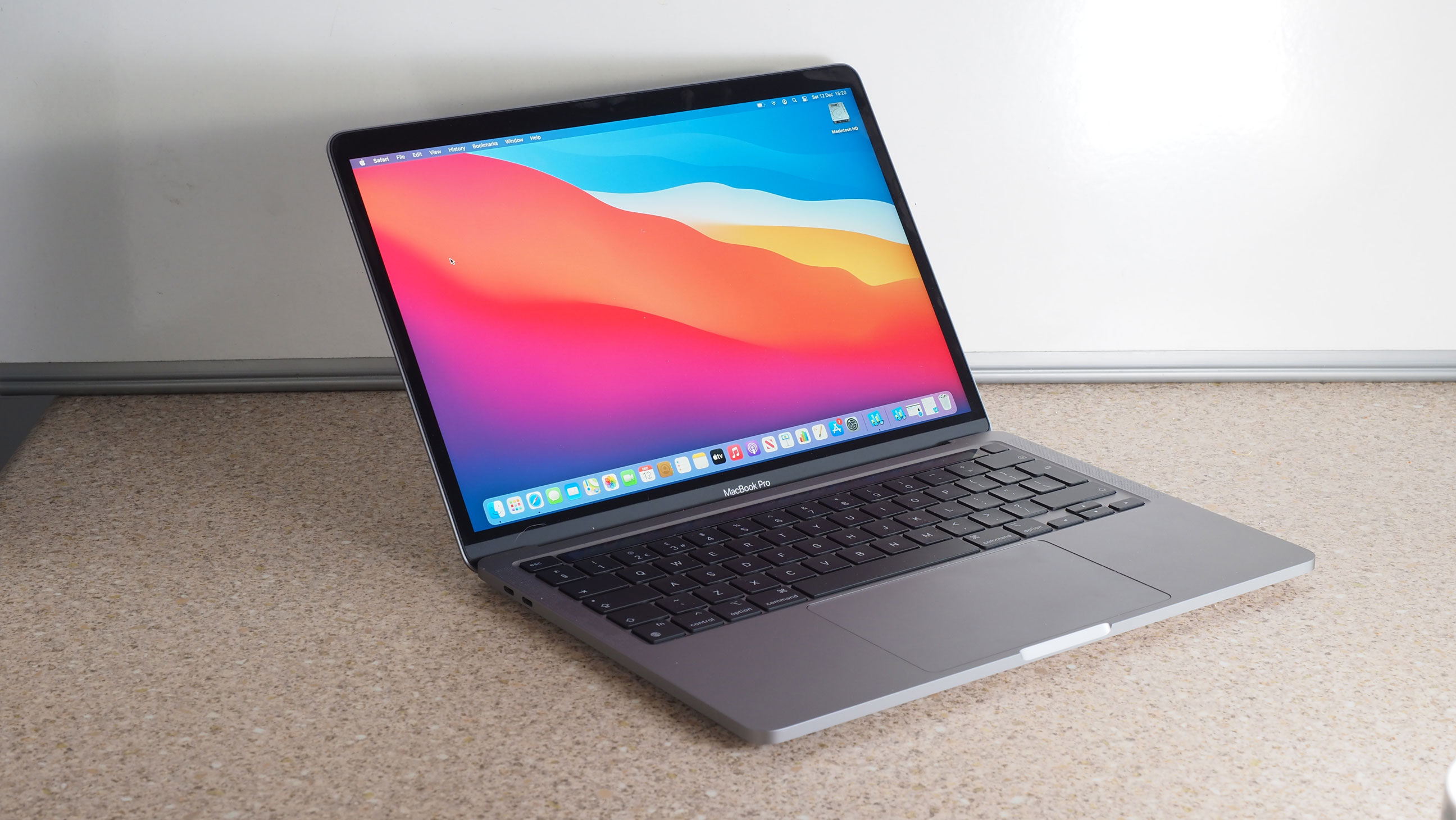
Apple's baby MacBook Pro gets a big processor upgrade
Specifications
Processor: Apple M1 8-core
RAM: 8-16GB
Storage: 256GB-2TB SSD
Screen: 13.3-inch 2560 x 1600 IPS Retina
Reasons to buy
+Surprisingly useful Touch Bar +Excellent Retina display +Weight, size, design, keyboard…
Reasons to avoid
-No HDMI port or memory card slot -Only max 16GB RAM -13" screen size can feel restrictive
The new 13-inch MacBook Pro benefits from Apple's stonking M1 system-on-a-chip 'processor' (it's not strictly just a processor - it combines pretty much all the core aspects of a computer onto a single chip, much like a phone or tablet). This makes the MacBook Pro M1 supremely fast and yet also very power-efficient - the holy grail for laptop computing. Add Apple's gorgeous 2560 x 1600 IPS Retina screen and you're in photo editing nirvana.
Well, almost. At 13.3 inches, this MacBook Pro's svelte screen makes it brilliantly portable, but the downside is space for photo editing can feel a bit tight, especially when you've got a selection of Photoshop pallets expanded. Another limiting factor is memory, which is a paltry 8GB as standard, and can only be specced up to 16GB at the time of purchase, which is unusually mean for a MacBook Pro.
Consequently, we still rate the older Intel-powered 16-inch MacBook Pro as a slightly more versatile MacBook for photo editing. If you need something smaller, go for the MacBook Air M1 (above) - it's just as fast as the Pro M1, has the same stunning screen, but is usefully slimmer and cheaper.
Older MacBooks
These MacBooks are no longer the latest models, but they still pack a punch, cost less, and are still available new
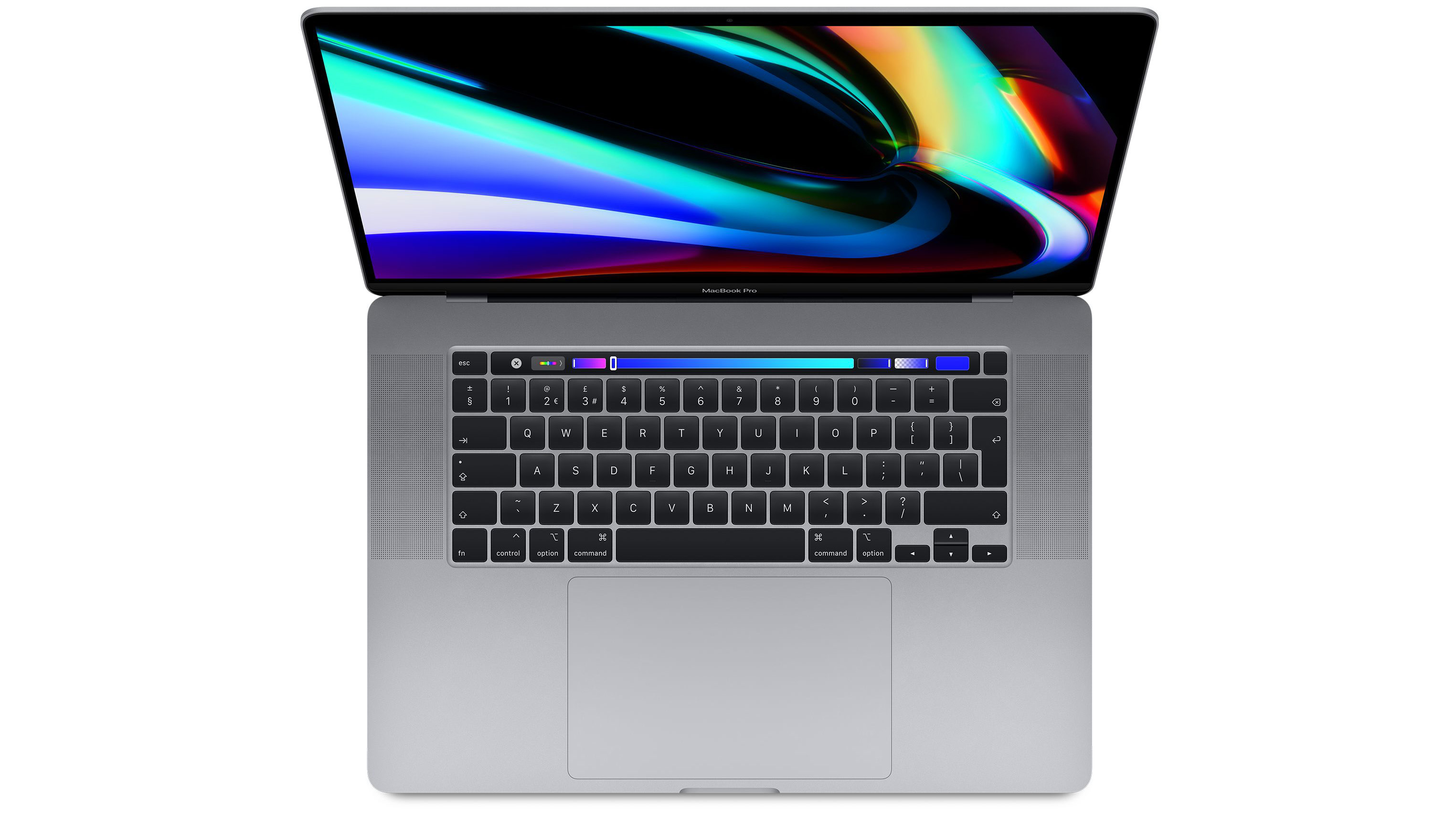
5. MacBook Pro (16-inch, 2019)
Still a great all-rounder for photo or video editing
Specifications
CPU: 9th-generation Intel Core i7 – i9
Graphics: AMD Radeon Pro 5300M – Radeon Pro 5500M
RAM: 16GB – 64GB
Screen: 16-inch Retina display with True Tone
Storage: 512GB – 8TB SSD
Reasons to buy
+Stunning 16-inch screen +New and improved keyboard
Reasons to avoid
-Still pricey -Limited to four Thunderbolt 3 ports
Though the 2021 16-inch MacBook Pro with its Apple M1 system-on-a-chip represents the latest MacBook technology, this older Intel-powered MacBook Pro still has a lot going for it. In fact, we reckon it's still the best MacBook for photo editing Apple has ever created. This is because Apple has packed it with some of the most powerful components you can find in a laptop, which means running photo editing apps like Photoshop is fast and smooth. You can configure the MacBook Pro (16-inch, 2019) so that it comes with specifications that suit your needs – and your budget – as well.
Then there's that big 16-inch screen, which is simply stunning. The Retina display comes with a resolution of 3,072 x 1,920 and a pixel density of 226 pixels per inch, which means your photos will look incredibly sharp, with plenty of detail, and means you won't need to invest in an external monitor.
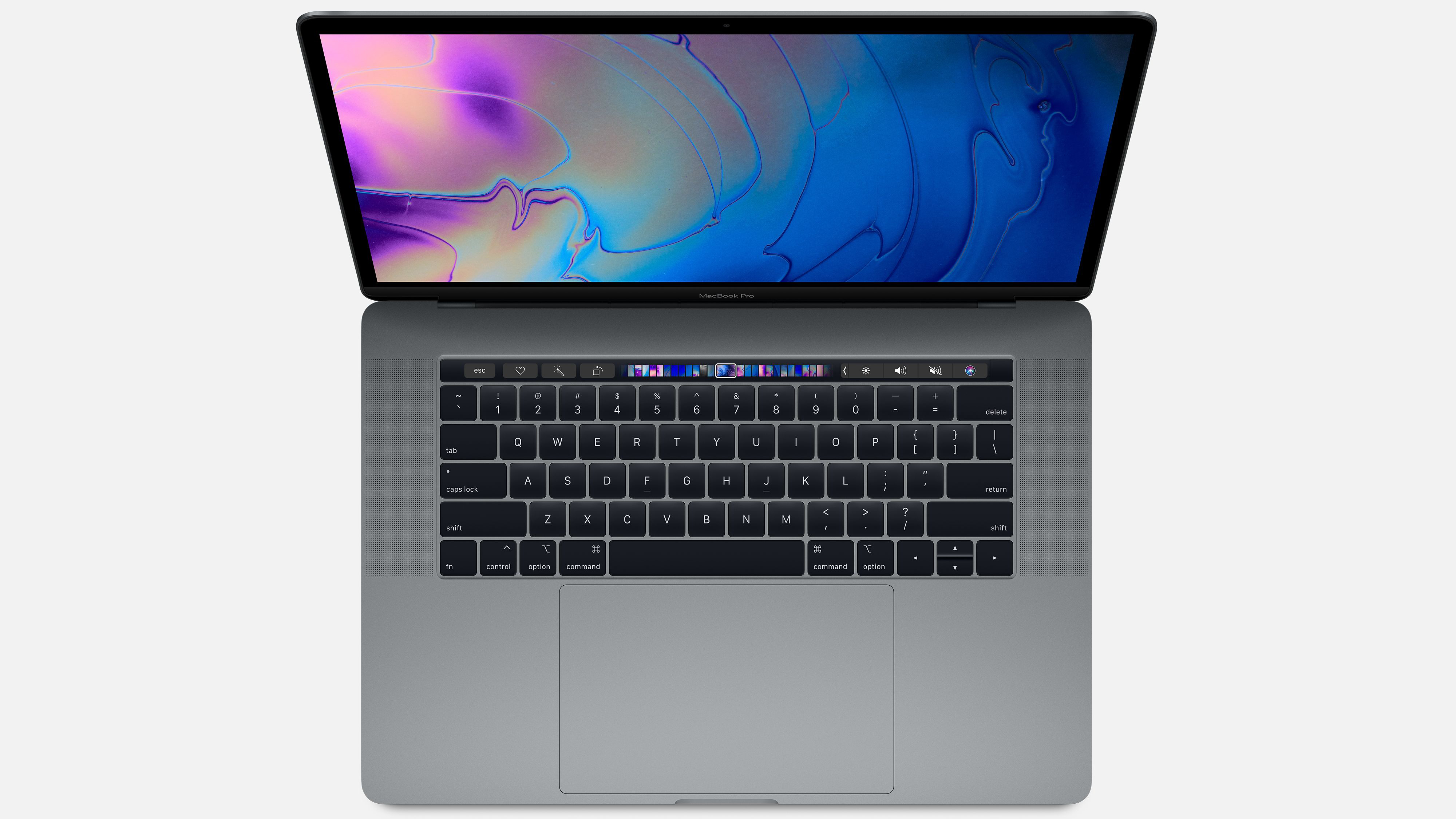
6. MacBook Pro (15-inch, 2019)
A great alternative
Specifications
CPU: 9th-generation Intel Core i7 – i9
Graphics: AMD Radeon Pro 555X – 560X, Intel UHD Graphics 630
RAM: 16GB – 32GB
Screen: 15.4-inch, 2,880 x 1,800 Retina display
Storage: 512GB – 4TB SSD
Dimensions (H x W x D): 34.93 x 24.07 x 1.55cm
Reasons to buy
+Powerful +Decent configuration options +Screen remains gorgeous
Reasons to avoid
-Expensive -Lack of ports -Keyboard concerns remain
If you don't need the size of the 16-inch MacBook Pro, then the MacBook Pro (15-inch, 2019) is a fantastic choice that can save you money. Even though it was only released in the middle of 2019, Apple has replaced it with the 16-inch model.
Don't worry, though, that doesn't mean it's outdated. What it does mean is that the 15-inch model is no longer sold by Apple, but sold elsewhere, and there have been some decent price cuts as well.
So, you're getting a powerful MacBook with some of the latest tech, like hexa-core 9th-generation Intel processors and up to 32GB of RAM, plus Radeon Pro Vega 20 graphics, and some tasty discounts as well!
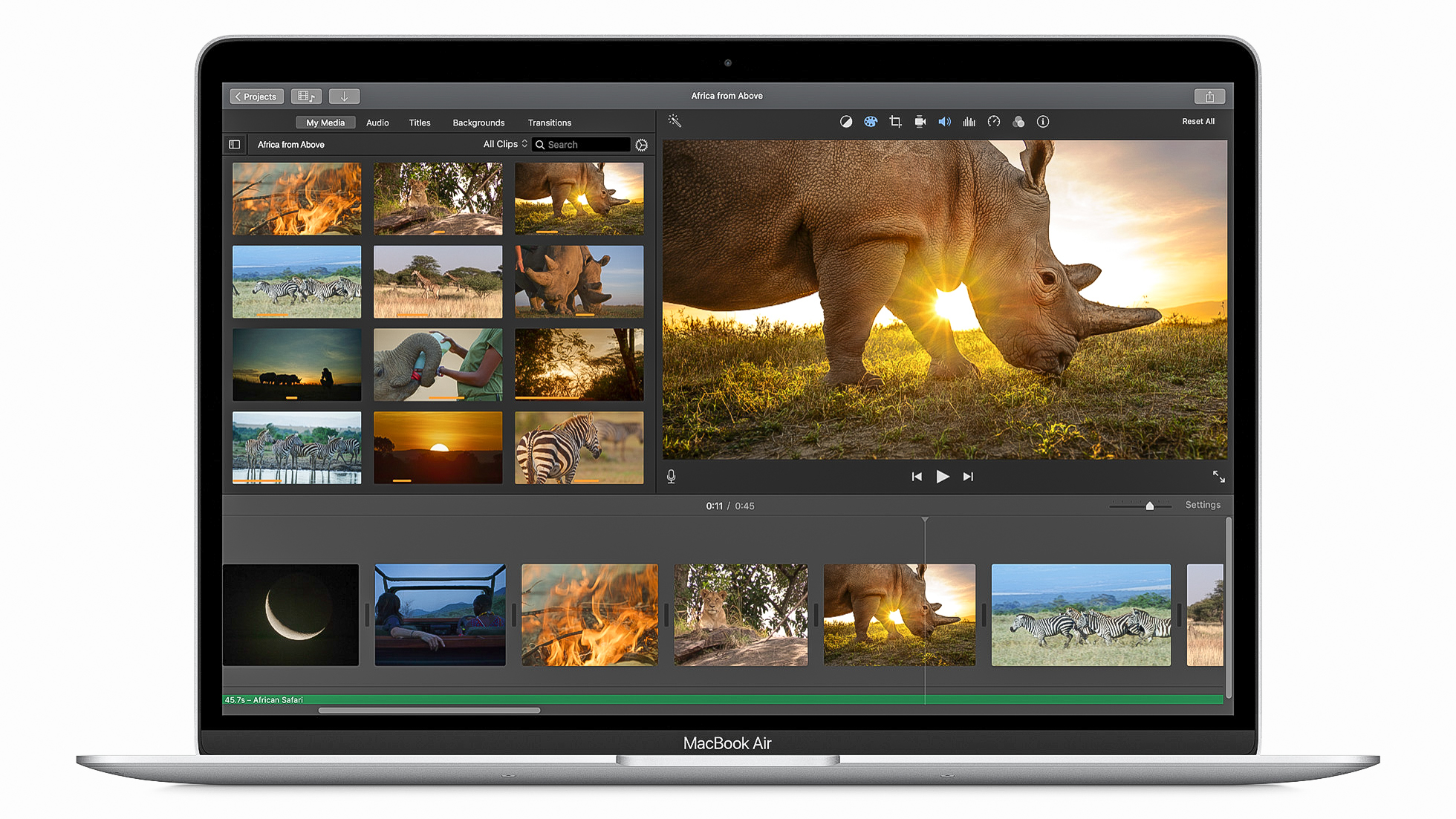
7. Apple MacBook Air (early-2020)
This design classic now has a great keyboard
Specifications
CPU: 1.1GHz dual-core Intel Core i3, 1.1GHz quad-core Intel Core i5, 1.2GHz quad-core Intel Core i7
Graphics: Intel Iris Plus
RAM: 8GB – 16GB
Screen: 13.3-inch (diagonal) 2,560 x 1,600 LED-backlit display with IPS technology
Storage: 256GB – 2TB SSD
Dimensions: 11.97 x 8.36 x 0.63 inches (30.41 x 21.24 x 1.61cm; W x D x H)
Reasons to buy
+Best keyboard yet for a MacBook Air +Great looks +Choice of CPU/RAM options to suit your budget +100% recycled aluminum
Reasons to avoid
-Still not a high-power machine
The MacBook Air is the most affordable route into getting an Apple MacBook. The early 2020 version of the MacBook Air directly precedes the current MacBook Air M1 (above) and was a significant power upgrade over previous Airs. But what really sets it apart is its keyboard design... Gone are the old butterfly switches, which were too shallow for many people, and prone to sticking if they filled with crumbs. Instead you get Apple's Magic keyboard, which first appeared on the 2019 MacBook Pro. This makes for a better typing experience, for those that need to send emails and type essays/reports, as well as edit images. A nice bonus for eco warriors is that Apple says this is the first MacBook that uses 100% recycled aluminum (so treat yourself and save the planet at the same time!).
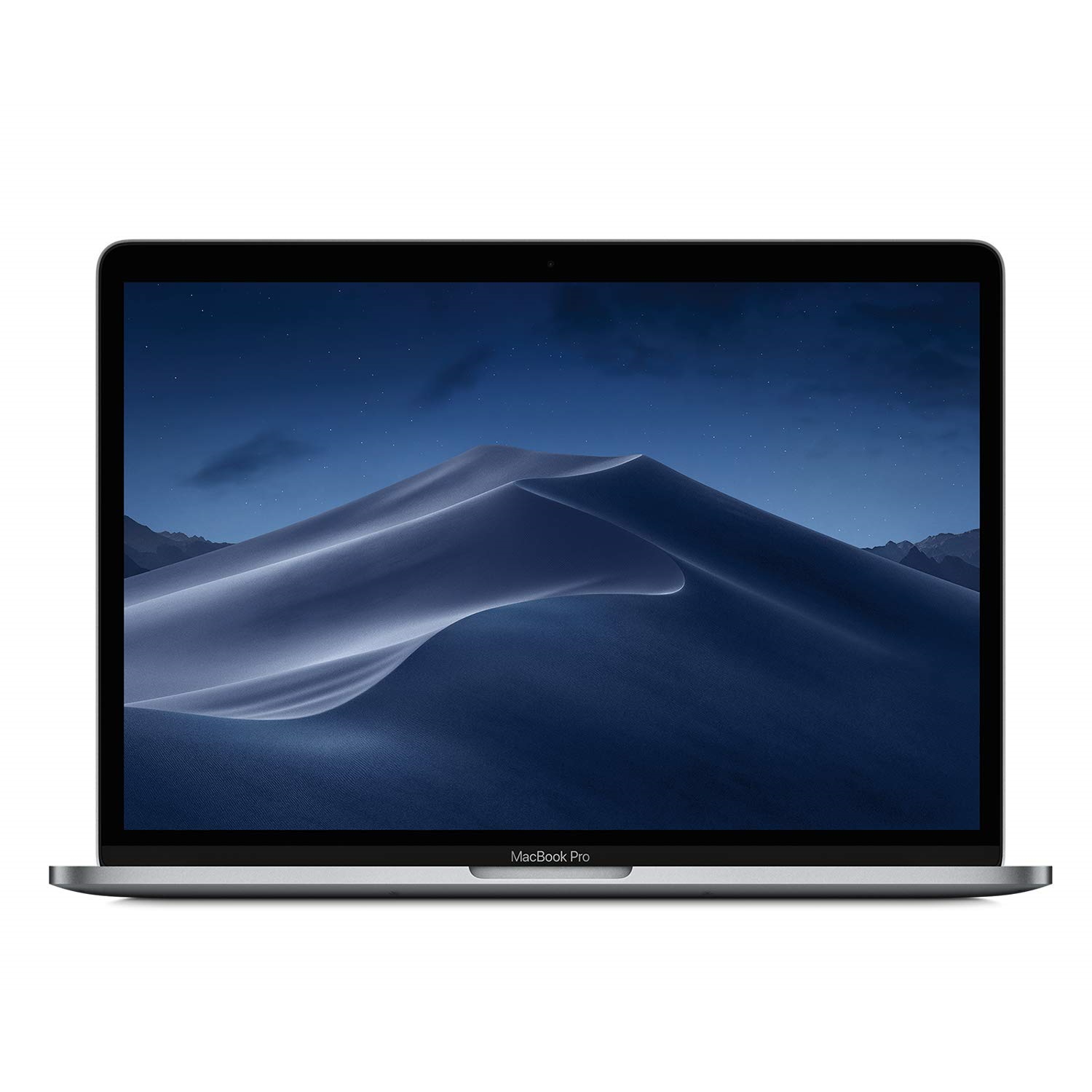
8. MacBook Pro with Touch Bar (13-inch, mid-2019)
The same, but stronger
Specifications
CPU: 8th-generation Intel Core i5 – 8th-generation Intel Core i5
Graphics: Intel Iris Plus Graphics 645 – 655
RAM: 8GB – 16GB
Screen: 13.3-inch (diagonal) LED-backlit display with IPS technology; 2,560 x 1,600
Storage: 128GB – 2TB SSD
Dimensions (H x W x D): 30.41 x 21.24 x 1.49cm
Reasons to buy
+ Much more powerful + More storage
Reasons to avoid
- Keyboard learning curve
If you're after the power of a MacBook Pro, but the current models are a bit too pricey, then the 13-inch 2019 MacBook Pro could be the best MacBook for photo editing for your needs.
While it's not quite as powerful as the latest MacBook Pros, it still offers some excellent performance thanks to modern components which can still deliver a decent turn of speed. The 13-inch screen might be a bit too small to work on comfortably when editing photos, but it does the job when you're away from your studio, and Apple's Retina resolution means even if it's on the small size, it still looks fantastic.
Best MacBooks for photo editing: What to look for
When you're looking for the best MacBook for photo editing, there isn't necessarily a one-size-fits-all solution. Aspects such as power, portability, affordability and more can all weigh on a user's decision. However, these are the key things you should be considering in your search.
MacBooks come with a choice of processors. Some use Intel Core-series processors and others use the brand new Apple M1 chip that can be found in the MacBook Pro M1 and MacBook Air M1. The M1 chip is ultra energy-efficient, rivaling even high-end Intel processors for speed without siphoning away large chunks of battery life. The only significant drawback is that Apple is currently limiting memory to a maximum of 16GB with an MacBook M1 laptop.
In fact, the amount of RAM you decide to invest in is important. We would recommend a minimum of 16GB or more, as this will help your MacBook load applications more quickly (and keep more open at the same time). You might initially think that 16GB of RAM is overkill for your needs, but it's important to remember that you can't upgrade a MacBook's RAM further down the line – so plan ahead for the future!
If you're working with high resolution photos, perhaps from the best medium format cameras, or the best full frame cameras with high megapixel counts, then a graphics card could definitely come in handy. This will help you get better performance out of your MacBook.
Meanwhile, storage space is definitely something important to consider. Unfortunately, while you can replace the hard drive of Windows laptops, it's impossible to do this with a MacBook. While you can certainly add the best portable hard drive or best portable SSD to the mix, we'd recommend starting off with a minimum of 500GB of internal storage to give you plenty of space to play with.
And lastly, don't forget to consider the screen that you want. The larger screen you have, the easier it will be to see and inspect the photo you're working on (although, keep in mind that the larger a laptop is, the harder it will be to lug around). Modern MacBooks have high resolution 'Retina' displays, which are fantastic for seeing your images in all of their stunning detail.
Read more
The best iMac for photo editing
The best photo-editing laptops
The best laptops for video editing
The best photo-editing software
The best video-editing software
Best laptop stands

Matt is TechRadar's Senior Computing editor. Having written for a number of magazines and websites, there's no aspect of technology that Matt isn't passionate about, especially laptops and PC gaming.
Related articles
macbook air 2020 for video editing
Source: https://www.digitalcameraworld.com/buying-guides/best-macbooks-for-photo-editing
Posted by: dentonconly1969.blogspot.com

0 Response to "macbook air 2020 for video editing"
Post a Comment